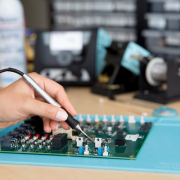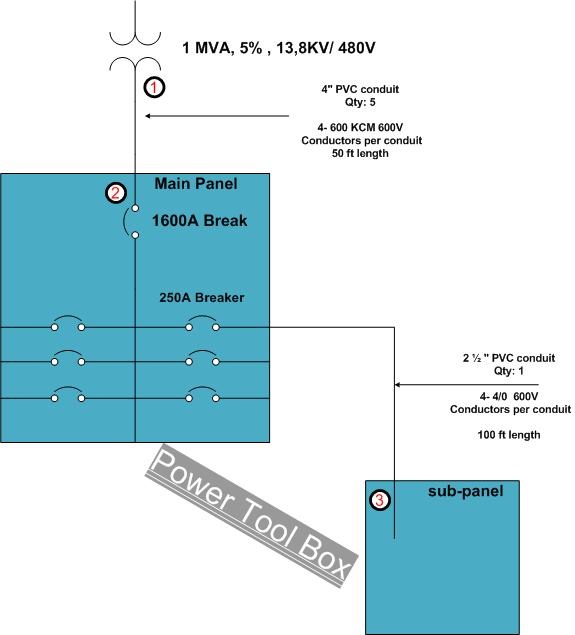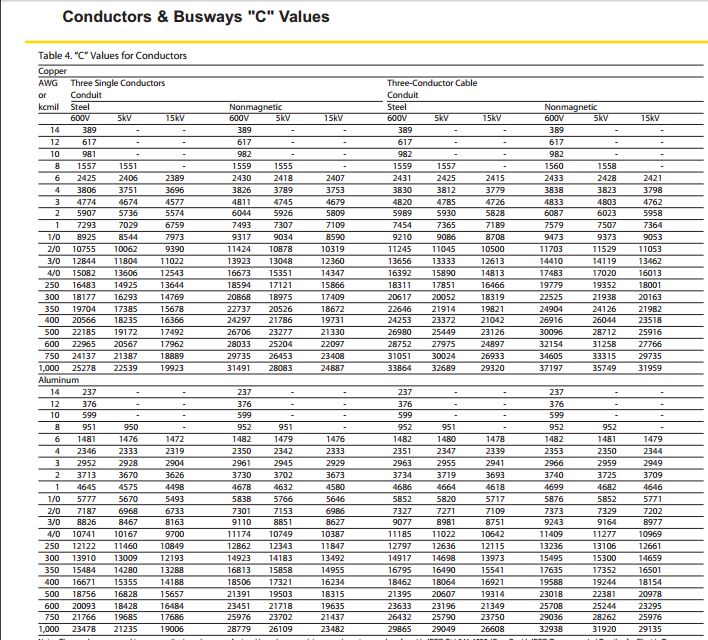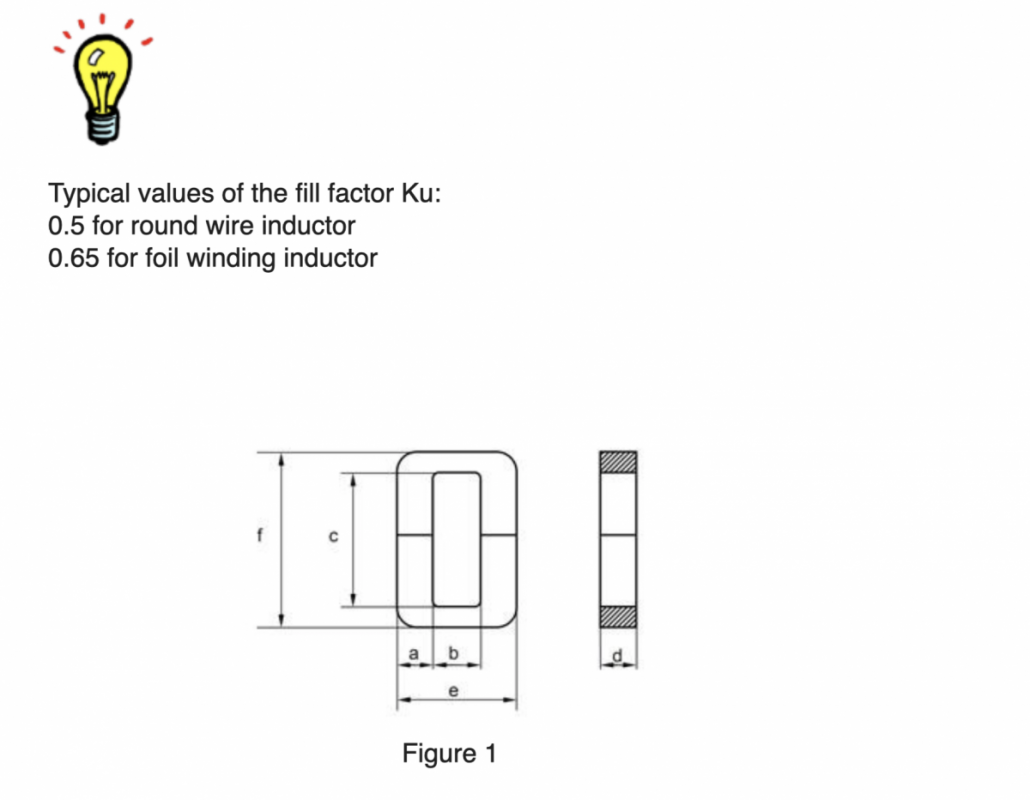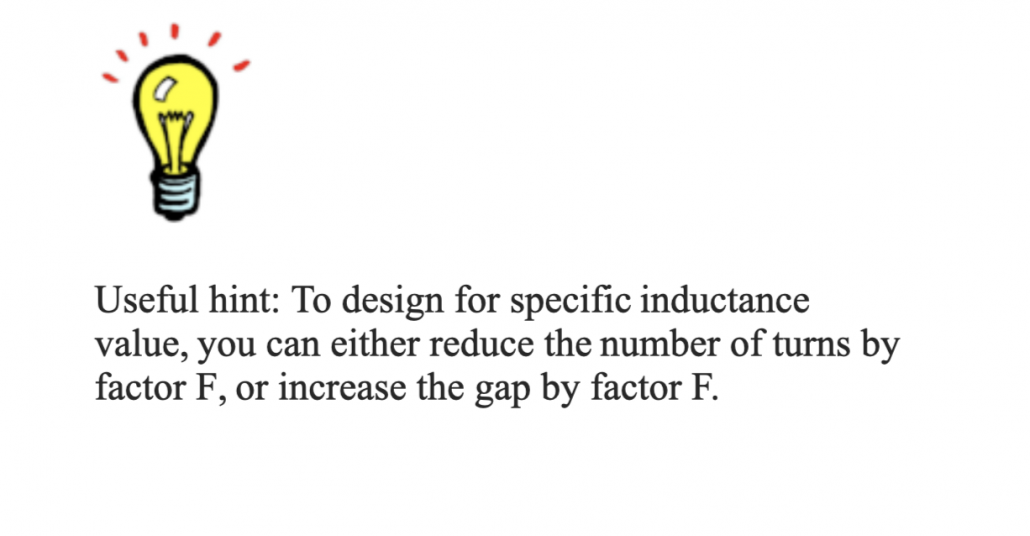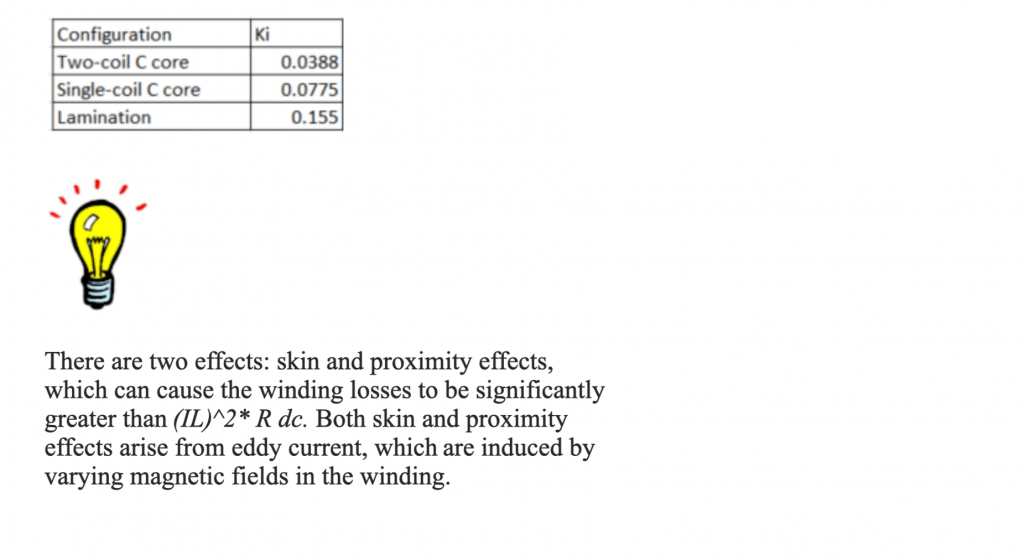What is a Transformer? How to measure losses & equivalent circuit parameters.
In its most elementary form, a transformer consists of two wound coils of wire that are inductively coupled to each other. When alternating (AC) current at a given frequency flows in either coil, an alternating voltage of the same frequency is induced in the other coil. The value of this voltage depends on the degree of coupling, and the flux linkages in the two coils. The coil connected to a source of alternating voltage is usually called the primary coil, and the voltage across this coil is the primary voltage. Voltage induced in the secondary coil may be greater than or less than the primary voltage, depending on the ratio of the primary to secondary turns. A transformer is termed a step-up, or a step-down transformer, accordingly.
If both varying voltage and D.C. voltages are impressed across the primary, only the varying part is delivered to the load. This comes about because the voltage, e, in the secondary is induced in the winding by the core flux, ф, according to the law.
This law may be stated as follows: The voltage induced in a coil is proportional to the number of turns, and to the time rate of change of magnetic flux in the coil. This rate of change of flux may be large or small. For a given voltage, if the rate of change of flux is small, many turns must be used. Conversely, if a small number of turns is used, a large rate of change of flux is necessary.
Name Plate Rating (Voltage Ratio):
The voltage ratio of the transformer is specified as V1 (rated)/V2 (rated). It means that when voltage V1 (rated) is applied to the primary winding, the secondary winding voltage, on full load at a specified power factor, is V2 (rated). The ratio V1 (rated)/V2 (rated) is not exactly equal to NI/N2, because of voltage drops in the primary and secondary. These drops, being small, are neglected, and it is assumed for all practical purposes.
The rating of the transformer is specified in units of VA/kVA/MVA, depending upon its size.
kVA (rated) = V (rated) x I (full-load)/1000
Transformer Losses:
The transformer has no moving parts, so its efficiency is much higher than that of rotating machines. The various losses in a transformer are enumerated below:
Core-Loss: These are hysteresis and eddy-current losses, resulting from alternations of magnetic flux in the core. It is emphasized that the core-loss is constant for a transformer operated at constant voltage and frequency, as are all power frequency transformers.
Copper-loss (I2R-loss): This loss occurs in winding resistances when the transformer carries the load current; varies as the square of the loading expressed as a ratio of the full-load.
Load (stray) loss: It largely results from leakage fields inducing eddy-currents in the transformer walls and conductors.
Dielectric-loss: The source of this loss is in the insulating materials; particularly, in solid insulation.
The major losses are, by far, the first two: Pi, the constant core (iron)-loss, and PCu, the variable copper-loss. It will easily be seen in the following sections that transformer losses, and the parameters of its equivalent circuit, can easily be determined by two simple tests, without actually loading it.
TRANSFORMER TESTING:
Two major difficulties, which do not warrant the testing of large transformers by direct load test, are:
(i) A large amount of energy has to be wasted in such a test.
(ii) It is impossible for a large transformer to arrange a load large enough for direct loading.
Thus, performance characteristics of a transformer must be computed from a knowledge of its equivalent circuit parameters which, in turn, are determined by conducting simple tests, involving very little power consumption, called non-loading tests.
In these tests, the power consumption is simply that which is needed to supply the losses incurred. The two non-loading tests are the open-circuit (OC) test, and short-circuit (SC) test. In both these tests voltage, current and power are measured from which the resistance and reactance of the input impedance can be found. Thus, only four parameters can be determined, which correspond to the approximate equivalent circuit of Fig. 1.
Open Circuit Test:
The purpose of this test is to determine the shunt branch parameter of the equivalent electrical circuit of transformer.
- Connect the Unit under Test (UUT, the transformer) low voltage side to the supply rated AC voltage
- Keep the high voltage side open-circuited
- Connect the power analyzer or power meter between the AC supply and the UUT.
- At no load (open circuit) condition, the no load current (Io) should be small; around 2-6% of the rated current.
- Since the Io is small, it’s safe to assume V1 is equal to E1 by neglecting the series impedance. Thus, for all practical purposes, the power input on no-load equals the core (iron) loss.
- The circuit parameters can be computed from three readings at different operating points
Yo = Gi – jBm
Yo = Io/V1
Gi = Po/(V1)2
Bm = sqrt (Yo^2 – Gi^2)
Thus, the OC test yields the core–loss and the parameter of the shunt branch of the equivalent circuit.
Short Circuit Test:
The series parameters of the transformer, as well as its copper losses, could be evaluated using the short circuit test.
Depending on the transformer voltage and the power source available in your lab, you can short the low or the high side of the transformer for this test.
Transformer resistances and leakage reactance are very small; the input voltage to circulate the rated load current under short circuit is as low as 5-8% of the rated voltage (in most transformers).
Due to low input voltage, the exciting current (Io) is only about 0.1-0.5% of the full load current. (Io at the rated voltage is 2-6% of the full load current). Thus, the shunt branch of the equivalent circuit can be ignored, as depicted below.
- Raise the input supply voltage gradually from zero until the transformer draws full-load current.
- The power analyzer gives the reading as under:
Voltage = Vsc; Current = Isc; Power input = Psc.
- Since they are at low voltages, transformer iron losses can be neglected. Thus, only copper losses of the transformer can be obtained.
Psc = Pc (copper-loss)
Z= Vsc/Isc = sqrt (R^2+ X^2)
R= Psc/(Isc^2)
X = sqrt (Z^2 – R^2)


